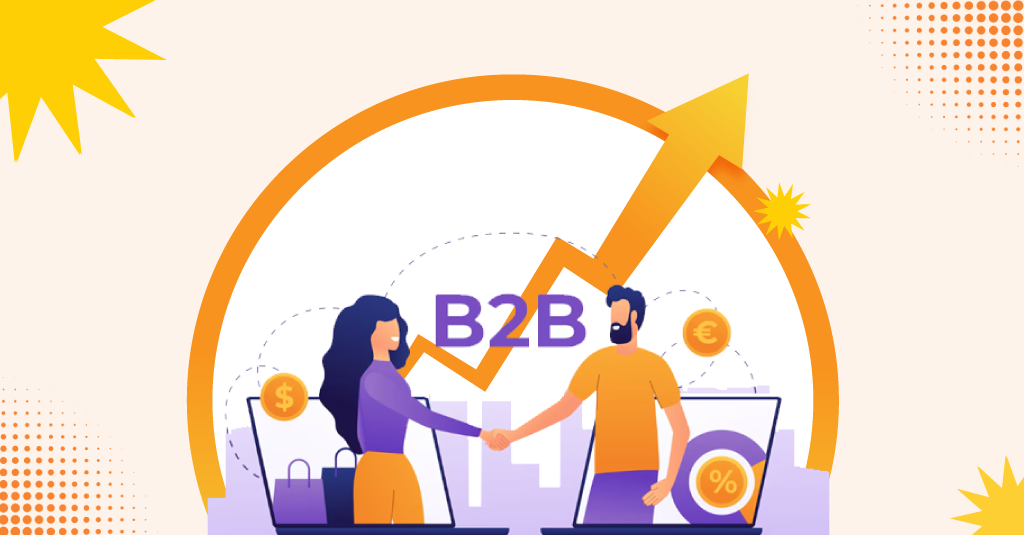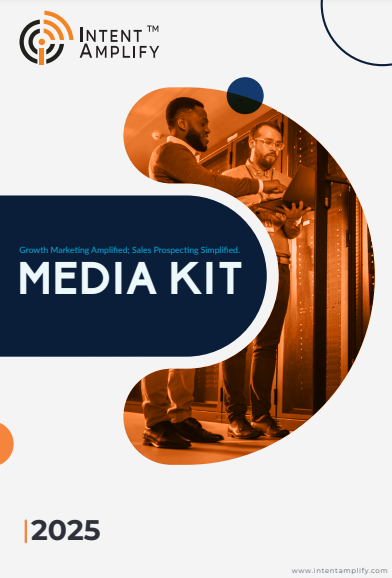
Solving B2B Lead Issues with a Modern Demand Generation Strategy
- Last updated on: June 27, 2025
Because let’s be honest – no one wants more cold leads or dead-end forms in 2025. Ever feel like your B2B leads are just… stuck? You’ve got a great product. Your team’s putting in the work. But the leads coming in feel cold, slow-moving, or worse – nonexistent. It’s not that demand is gone. It’s that the way we create and capture demand has changed. Radically.
By 2025, business buyers will be navigating the market with the same independence and digital confidence seen in everyday consumers. They read reviews, binge podcasts, and skim Slack channels before they ever want to hear from your sales rep. Traditional lead gen? It’s lost its spark. What’s needed now is a modern demand generation strategy – one built around intent, relevance, and trust.
And the good news? When done right, this strategy doesn’t just solve your lead issues – it sets your entire revenue engine on fire (in a good way, of course).
Let’s Clear the Air: Demand Gen ≠ Lead Gen
A lead isn’t a person. It’s a moment.
That moment could be when a cybersecurity director reads your blog at 2 AM or when a RevOps lead saves your eBook on their phone while boarding a flight. But if your strategy is just to gate content and hope for form fill, you’re missing 90% of those moments.
That’s the biggest myth we need to bust:
Lead generation is short-term. Demand generation is relational.
And here’s why that matters: According to Gartner, 83% of B2B buyers complete their journey before ever speaking to a sales team.
Modern demand generation ensures you exist in that silent majority of their journey – and do so meaningfully.
Modern Demand Gen Starts with Buyer Intent
Let’s get tactical. Say you’re selling cloud security. Hundreds of companies are researching multi-cloud architecture this month. How do you know which ones to talk to? Enter intent data – the modern marketer’s sixth sense. Platforms like 6sense, Bombora, and Demandbase scan digital activity across the internet to detect surges in research, engagement, and purchase behavior. Think of it as buying signals on autopilot.
According to Forrester’s 2025 Demand Marketing Benchmark, 71% of B2B buyers are more likely to engage with companies that anticipate their needs based on prior behavior.
So instead of blasting your newsletter to 10,000 people, you send 200 highly relevant, timely messages that get clicks. The result? Better conversions. Happier buyers. Less “unsubscribe” guilt.
Content That Feels Like a Recommendation, Not a Pitch
Raise your hand if you’ve ever downloaded a whitepaper and regretted it instantly after getting a sales call. In a modern demand gen strategy, content isn’t bait – it’s value. Buyers today want to learn on their terms. That means blogs, yes – but also podcasts, Reddit threads, customer videos, and Slack community insights. According to HubSpot’s State of Marketing Report 2025, interactive content like quizzes, comparison tools, and calculators is seeing 42% higher engagement than static PDFs.
One example? A fintech SaaS company replaced its gated eBook with an interactive pricing estimator and saw qualified leads increase by 3.4x in one quarter.
Lesson: People don’t want to download your content. They want to use it.
ABM and Demand Gen: The Power Combo of 2025
If ABM (Account-Based Marketing) is about focusing your energy on the right accounts, demand gen is about warming those accounts up before sales even knock.
Today’s ABM tools – like RollWorks and Terminus – now integrate with AI-powered demand signals. That means:
- You know when the CIO at your target account clicked a competitor’s case study.
- Your SDRs get notified when multiple people from a company hit your product page.
- Your content team gets data on what messaging is landing and what isn’t.
This tight orchestration has measurable ROI. According to McKinsey’s B2B Marketing Pulse, in May 2025, companies that align demand gen with ABM see a 33% faster opportunity-to-close rate.
Lead Quality is the Byproduct – Not the Goal
Here’s the irony: When you stop obsessing over “lead quantity,” lead quality skyrockets.
Think about it. If your content speaks to real buyer pains, if your timing is precise, and if your outreach feels personalized… do you even need to chase leads anymore?
In one case, a mid-size MarTech firm cut 50% of its paid lead gen spend and reallocated that budget into podcast ads, community sponsorships, and intent data. Within six months, their Sales Accepted Leads (SALs) rose by 29% – and their average deal size grew by 22%. The point is that lead gen isn’t broken. It’s just outdated. Modern demand gen pulls the right leads in, instead of pushing your brand out.
Yes, Tech Matters – But Don’t Forget the Human Layer
Tech stacks can quietly take the spotlight, leaving strategy in the background. And yes, tech is important – especially AI-powered CRMs, dynamic content engines, and real-time analytics.
But let’s not forget: It’s people who buy. Not dashboards.
Your stack should help you understand:
- What buyers care about, not just what they click.
- When they’re ready, not just when they convert.
- How to build trust, not just a pipeline.
As much as we love automation, sometimes the most powerful move is sending a personalized message that says:
“Saw you reading our guide on the hybrid cloud – let me know if you’d like a non-sales chat about what to look for in 2025.”
Human. Honest. Helpful. It works.
To Wrap It Up: You Don’t Generate Leads – You Generate Trust
In 2025, B2B isn’t about grabbing attention. It’s about earning it.
Today’s demand creation playbook isn’t just another layer of marketing – it’s the foundation of how relationships begin. It’s a company mindset – one that centers the buyer journey, respects attention, and focuses on long-term impact over short-term volume.
If your pipeline feels frozen, the issue might not be the prospects – it could be how you’re reaching them. Maybe it’s time to rebuild how you generate demand.
Start earlier. Go deeper. Show up with value.
The results will follow.
FAQs
1. What makes demand generation different from lead generation?
Lead gen is about capturing contact info. Demand gen builds awareness, trust, and interest long before someone fills out a form – so when they do, they’re already warm and ready.
2. What tools are essential for modern demand generation?
Look into platforms like 6sense (for intent data), HubSpot (for automation), and Demandbase or RollWorks (for ABM integration). These platforms spotlight the right companies, spark meaningful interactions, and turn interest into actual revenue conversations.
3. Is gated content still relevant in 2025?
In limited cases, yes. But most buyers now prefer frictionless access. Interactive tools, videos, and ungated thought leadership tend to perform better for awareness and engagement.
4. How can small teams implement demand generation without big budgets?
Focus on organic content, smart LinkedIn outreach, leveraging free intent data tools (like Google Search Console), and syndicating content through communities. Strategy always beats scale.
5. What KPIs should I use to measure demand generation success?
Track engagement by account, Sales Accepted Leads (SALs), opportunity creation velocity, content attribution, and most importantly, revenue contribution.




